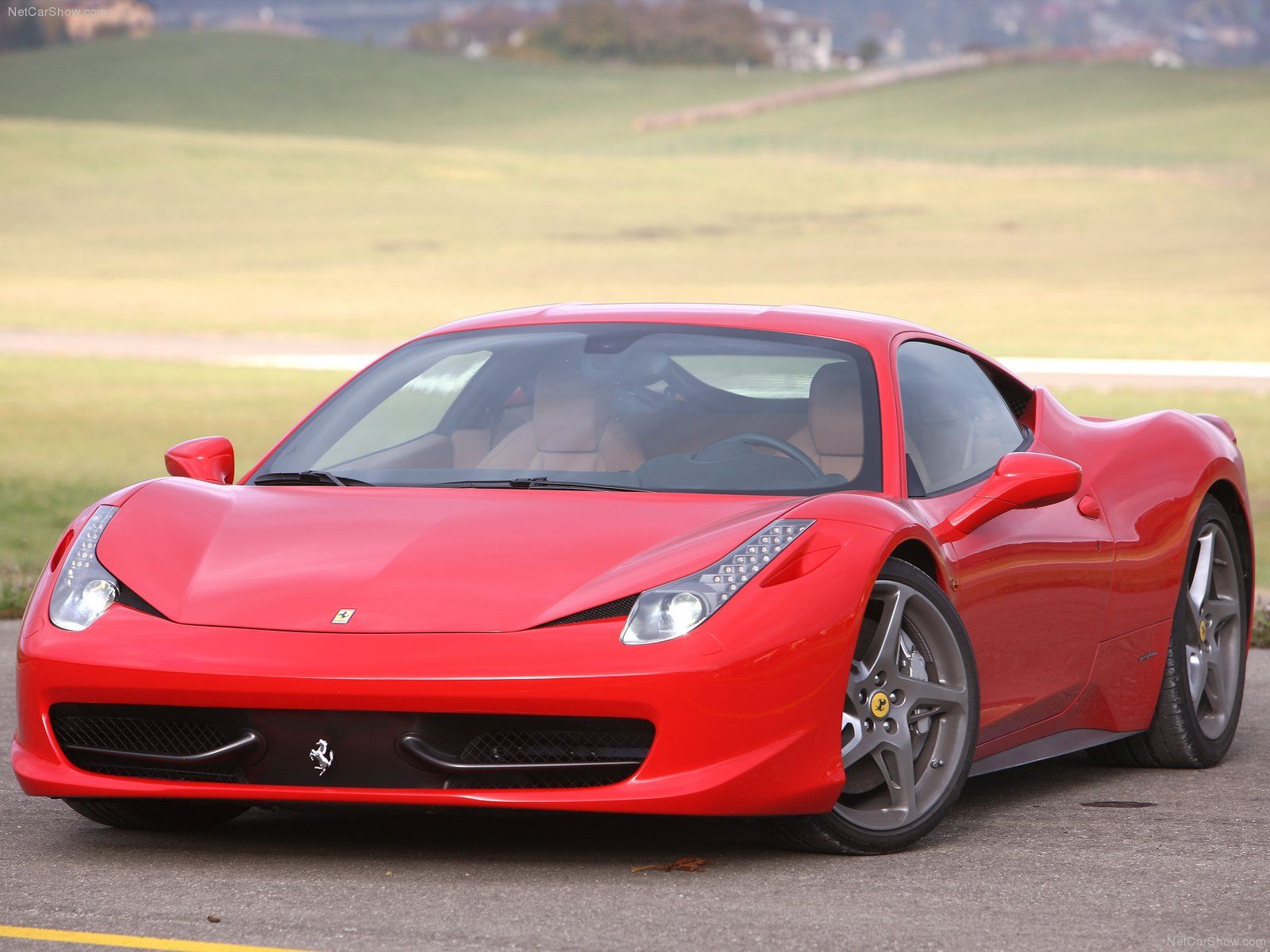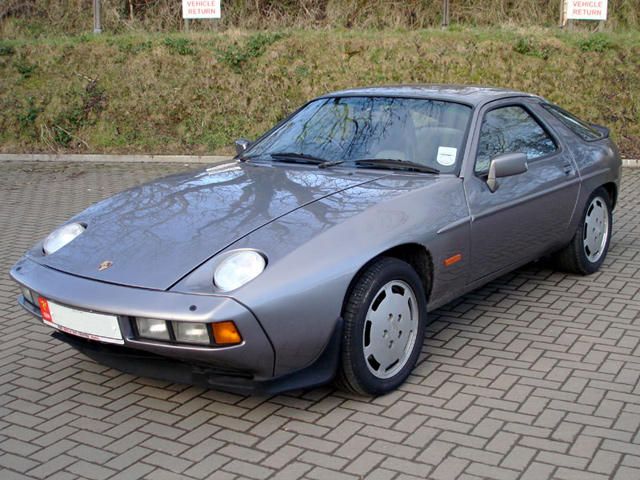
The Porsche 928 was the answer to question which nobody had asked. Not actually a bad car, but an example of how little Porsche knew about their market at the time. The company's first V8 production car and still the only coupe it's ever made with a front-mounted V8, the idea of the 928 was to replace the 911 with a bigger and softer GT car. Flawed though the thinking was, the 928 was a good car and sold pretty well, enjoying an 18-year production run.
Toward the end of the Sixties, 911 sales began slowing down at bit, and some at Porsche believed that there would soon be no way of improving the design in order to boost sales. So in 1971, an effort was begun to design a GT car to replace the 911. It was also believed that an air-cooled engine might not be able to meet the new emissions, safety and noise regulations being introduced at the time, and together with the 924 replacement of the 914, Porsche imagined they would be selling only front-engine and water-cooled models by the end of the Seventies.
The original engine proposed for the new car was a 5.0-liter V10, which would graft two VW/Audi five-cylinder engines together in a V. The plan was ultimately rejected, as Porsche was already viewed as too similar to VW, and a flagship using VW engine architecture wasn't going to help that. Interestingly, an updated version of the proposed V10 would eventually come to power the Lamborghini Gallardo. The Seventies oil crisis would hit during the development of the 928, and the engine which would ultimately debut under the hood of the car in 1977 was a 4.5-liter V8 which produced 219 horsepower.
This isn't a huge number, but at the time it was actually pretty decent volumetric efficiency. The 928 was very technologically advanced for the time, and was the first car ever to have four-wheel steering. Thanks in large part to this technological achievement, the 928 was the only sports car to ever win the European Car of the Year award in 1978. The award is usually given to much more mainstream cars, and most people expected the BMW 7 Series to take it that year, but the 928 was just that good. Thanks to the use of a rear transaxle, the 928 had a perfect 50/50 weight distribution.
So although it was heavier than a 911, it was much easier to drive at the limit. Europe got an S version in 1979, which would make its way to North America in 1982 for the 1983 model year. This had a 4.7-liter engine which produced 297 horsepower. This would get bumped to 5.0 liters and 316 horsepower for the 1987 model year. The final version of the 928 was the GTS, which debuted in 1991 with 345 horsepower. Porsche would retire the 928 in 1995, along with the 968, thus beginning a period without any front-engine models for the first time since 1976, which would last until the 2002 debut of the Cayenne.
From the introduction of the 928 and through much of the Eighties, it looked as though the 928 could conceivably replace the 911. It was faster than most 911 variants produced during its lifetime, and was easier to control and more comfortable as well. But the mid-Eighties 959 model renewed interest in the 911, and the introduction of the Type 964 911 in 1989 was effectively Porsche's acceptance that the 928 would never replace the iconic 911. With the introduction of the Type 964 Turbo in 1990, there was a 911 that was faster than the 928, and the bigger car would begin to decline in sales.
In 1987, Porsche built a one-off design study of a four-door 928, known as the H50. Nobody paid much attention to it at the time, but when the Panamera was unveiled in 2009, a definite similarity was noticed. The styling was updated somewhat, but the H50 certainly seems to have provided some inspiration for the new car. Interestingly, even before the production Panamera was unveiled, there was speculation that Porsche would make a coupe based on the Panamera and use it to revive the 928 nameplate. Interesting though this might be, there currently isn't any evidence to suggest this is going to happen.
Porsche would sell about 61,000 units of the 928 over its lifetime, which isn't bad considering it was more expensive than a 911. But the legislative and development problems which Porsche had anticipated for the 911 in the early Seventies never materialized. No replacement for the 911 was needed, and Porsche saw no real reason to continue spending money to evolve the 928 beyond the limits of the original platform. The car had done well enough, but as the 911 got better, the 928 had become obsolete.

